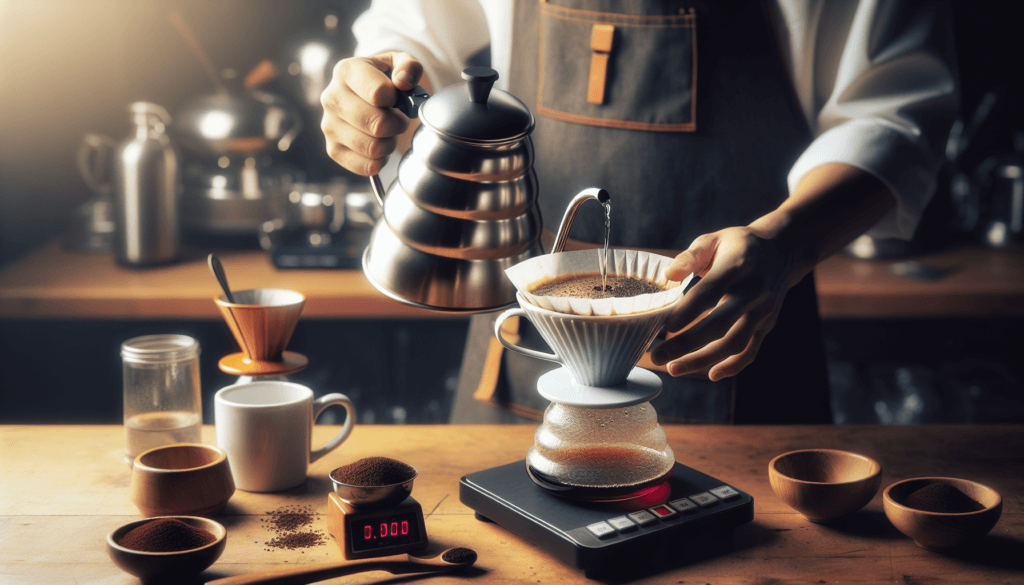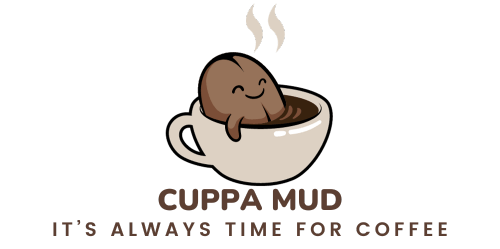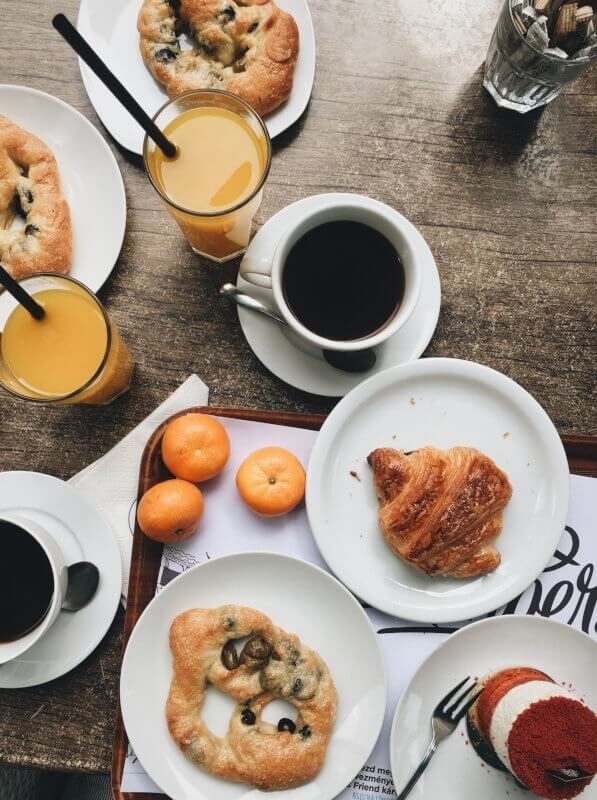Are you ready to take your coffee brewing skills to the next level? In this article, we will explore the art of pour over coffee brewing and how you can become a master at it. Discover the secrets behind the perfect pour, the right grind size, and the ideal water temperature to achieve a cup of coffee that is smooth, flavorful, and truly satisfying. Get ready to elevate your coffee brewing game and enjoy the rich aromas and delicate notes that only a perfectly brewed pour over coffee can offer.
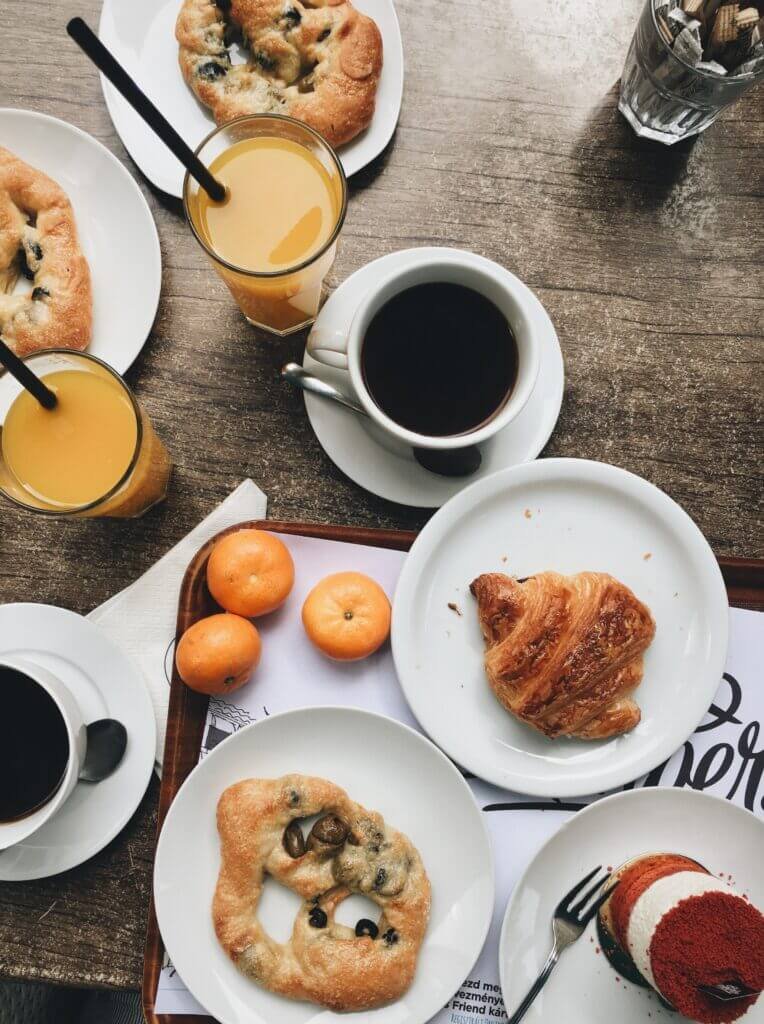
Choosing the Right Equipment
Selecting the Right Pour Over Brewer
When it comes to pour over brewing, one of the first decisions you’ll need to make is which pour over brewer to use. There are several options available, each with its own unique design and characteristics. The most common pour over brewers include the Hario V60, Chemex, and Kalita Wave.
The Hario V60 is a classic choice, known for its cone shape and spiral ribs that help ensure an even extraction. The Chemex, on the other hand, features a thicker filter and produces a clean, bright cup of coffee. Lastly, the Kalita Wave is known for its flat-bottomed design, which promotes an even extraction and helps prevent over-extraction.
When selecting a pour over brewer, consider factors such as the size of the brewer, the material it is made of (plastic, glass, or ceramic), and the ease of cleaning. Additionally, don’t be afraid to try out different brewers to find the one that best suits your brewing style and preferences.
Choosing the Right Filter
Another important component of pour over brewing is the filter. Filters can greatly impact the taste and clarity of your coffee, so it’s crucial to choose the right one. There are generally two types of filters used in pour over brewing: paper filters and metal filters.
Paper filters are the most common choice and are known for producing a clean and crisp cup of coffee. They effectively remove sediment, oils, and fines from the coffee, resulting in a bright and flavorful brew. Metal filters, on the other hand, allow more oils and fines to pass through, resulting in a fuller-bodied cup with more flavor complexity.
Consider factors such as environmental impact, ease of use, and flavor preferences when choosing between paper and metal filters. Paper filters are disposable, whereas metal filters are reusable and require regular cleaning. Experiment with both types to see which one enhances the flavors you enjoy most.
Selecting the Right Grinder
A crucial element in pour over brewing is the grind size and consistency of your coffee. To achieve the best results, it’s important to invest in a high-quality grinder.
There are two main types of grinders: blade grinders and burr grinders. Blade grinders are more budget-friendly but tend to produce inconsistent grind sizes. Burr grinders, on the other hand, offer greater precision and control over grind size, resulting in a more consistent extraction.
When selecting a grinder, consider the quality of the burrs, the grind settings available, and the ease of cleaning and maintenance. Investing in a quality burr grinder will greatly enhance your pour over brewing experience and allow you to achieve optimal flavor extraction.
Understanding the Coffee-to-Water Ratio
Determining the Ideal Ratio
The coffee-to-water ratio is a fundamental aspect of pour over brewing, as it directly impacts the strength and flavor of your coffee. While there is no one-size-fits-all ratio, a common starting point is a 1:16 ratio, which means using 1 gram of coffee for every 16 grams of water.
However, it’s important to note that personal taste preferences may vary. Some coffee enthusiasts prefer a stronger cup and may opt for a ratio of 1:15 or even 1:14, while others prefer a milder cup and may choose a ratio of 1:17 or 1:18.
The ideal ratio for you will depend on factors such as the specific coffee beans used, roast level, and personal taste preferences. Experimentation is key to finding the perfect balance that suits your palate.
Experimenting with Ratios
One of the joys of pour over brewing is the ability to experiment with different ratios to discover new flavors and nuances in your coffee. By adjusting the ratio of coffee to water, you can highlight different characteristics and strengths of the beans you’re using.
For example, if you find that your coffee is too weak or lacks flavor, you could try using a higher coffee-to-water ratio to achieve a stronger brew. Conversely, if your coffee tastes too strong or bitter, you could try decreasing the ratio to achieve a milder cup.
Keep in mind that as you adjust the ratio, you may need to make corresponding changes to other variables, such as grind size and brewing time, to maintain balance and consistency in your brew. Don’t be afraid to get creative and explore different ratios to unlock the full potential of your coffee beans.
Calibrating Your Technique
Once you’ve determined the ideal coffee-to-water ratio for your taste preferences, it’s important to consistently replicate that ratio in every brew. This requires careful measuring and calibration of your brewing technique.
Use a digital scale to accurately measure the weight of your coffee and water. This will ensure that you maintain the desired ratio and consistency in your brewing. Avoid using volume measurements, as they can vary significantly.
Additionally, pay attention to your pouring technique and speed. Consistent and steady pouring is essential for an even extraction. Practice pouring at a controlled pace to ensure that all the coffee grounds are saturated evenly.
By calibrating your technique and paying attention to the details, you’ll be able to consistently brew delicious cups of pour over coffee that highlight the unique flavors of your chosen beans.
Using the Correct Water Temperature
Understanding the Importance of Water Temperature
Water temperature plays a crucial role in extracting the flavors from your coffee grounds. Brewing with water that is too hot or too cold can result in under-extraction or over-extraction, respectively.
Water that is too hot can cause the coffee to taste bitter and may extract undesirable compounds from the grounds. On the other hand, brewing with water that is too cold can result in a weak and underwhelming cup of coffee.
To achieve the optimal extraction, it’s important to understand the importance of water temperature and how it affects the flavors in your brew.
Optimal Temperature Range
The ideal temperature range for brewing pour over coffee is between 195°F and 205°F (90°C and 96°C). Within this range, the water is hot enough to effectively extract the flavors from the coffee grounds without scorching them or extracting undesirable compounds.
Invest in a reliable thermometer or temperature-controlled kettle to ensure that your water is within the optimal temperature range. This will help you consistently achieve the best possible results in your cup of coffee.
Methods to Achieve the Right Temperature
If you don’t have a thermometer or temperature-controlled kettle, there are a few methods you can use to estimate the water temperature.
One common method is to bring the water to a boil and allow it to cool for 30 seconds to 1 minute. This will bring the water temperature within the optimal range. Alternatively, you can heat the water to a full boil and then transfer it to another vessel, such as a pouring kettle, to allow it to cool slightly before using it for brewing.
Experiment with different methods and techniques to achieve the right water temperature for your preferred brewing style. Remember, consistency is key, so find a method that can be easily replicated for every brew.
Mastering the Pouring Technique
Understanding Pouring Mechanics
Pouring technique is a fundamental aspect of pour over brewing. It involves pouring the hot water over the coffee grounds in a controlled and deliberate manner to ensure even saturation and extraction.
When pouring, start in the center of the coffee bed and work your way out in concentric circles or a gentle back-and-forth motion. This helps evenly wet all the coffee grounds and promotes a uniform extraction.
Avoid pouring too fast or too forcefully, as this can lead to uneven extraction and channeling. Instead, aim for a slow and steady pour, allowing the water to gently flow over the coffee grounds.
Pouring in Stages
Another technique to consider when mastering the pouring technique is pouring in stages. Instead of pouring all the water at once, divide the total water volume into multiple pours.
By pouring in stages, you allow the coffee grounds to bloom and degas, releasing trapped carbon dioxide. This can lead to a more even extraction and enhanced flavor in your final cup.
Start with a small initial pour that saturates the coffee grounds, then pause for about 30 seconds to allow the bloom to occur. Continue pouring in stages, gradually adding more water, until you reach the desired water-to-coffee ratio.
Maintaining a Steady Pour
Consistency in pouring is crucial for achieving a balanced extraction. Aim to maintain a steady pour throughout the brewing process, avoiding sudden changes in flow rate or intensity.
By pouring with a consistent motion, you ensure that all the coffee grounds are evenly saturated and prevent channeling, which can result in an imbalanced and under-extracted cup of coffee.
Practice your pouring technique to develop a steady and controlled pour. The more you refine your pouring skills, the better your brew will be.

Grind Size and Consistency
Determining the Ideal Grind Size
Grind size is a critical factor in pour over brewing, as it directly affects the rate of extraction. Finding the ideal grind size is essential for achieving a balanced and flavorful cup of coffee.
The ideal grind size for pour over brewing is medium-fine, resembling granulated sugar. This grind size allows for optimal extraction without over-extraction or clogging the filter.
Experiment with different grind sizes to find the one that works best with your chosen brewer and coffee beans. Adjusting the grind size can significantly impact the taste and strength of your coffee.
Experimenting with Different Sizes
While the ideal grind size for pour over brewing is generally medium-fine, it’s worth experimenting with slightly coarser or finer grind sizes to see how they affect the flavors in your cup.
A coarser grind size can result in a faster extraction, producing a lighter and more delicate cup. On the other hand, a finer grind size can slow down the extraction, resulting in a fuller-bodied cup with more intense flavors.
Keep in mind that the optimal grind size may vary depending on factors such as the coffee beans used, roast level, and personal taste preferences. Take notes and make adjustments as needed to achieve the desired flavor profile.
Maintaining Consistency
Consistency in grind size is vital for achieving consistent and reproducible results in your brews. Invest in a high-quality burr grinder that allows for precise adjustments and maintains a consistent grind size.
Avoid using blade grinders, as they tend to produce inconsistent particle sizes that can lead to uneven extraction. Burr grinders offer greater control and consistency, resulting in a more uniform extraction.
Regularly clean and maintain your grinder to prevent any buildup that could affect the grind size and consistency. This will help ensure that each brew is consistent and enjoyable.
Blooming Your Coffee
Understanding the Blooming Process
The blooming process is a crucial step in pour over brewing that involves saturating the coffee grounds with a small amount of water before the main pour. This allows the coffee to release trapped gases, known as blooming, and prepares the grounds for optimal extraction.
When hot water is first poured over the coffee grounds, carbon dioxide gas is released, causing the coffee to expand and bubble. This initial bloom helps to ensure that all the grounds are evenly saturated and promotes a more even extraction.
Importance of Blooming
Blooming your coffee is essential for achieving a balanced and flavorful cup. By allowing the gas to escape and the grounds to fully saturate, you prevent uneven extraction and under-extraction.
Without a proper bloom, the water may find paths of least resistance through the coffee bed, leading to channeling and an imbalanced extraction. Blooming helps to create an even coffee bed and ensures that all the grounds are equally extracted.
By taking the time to bloom your coffee, you’ll likely notice a significant improvement in the taste and quality of your pour over brews.
Mastering the Blooming Technique
To master the blooming technique, start by pouring a small amount of water, typically around twice the weight of the coffee grounds. Pour slowly and evenly, ensuring that all the grounds are fully saturated without any dry spots.
Allow the coffee to bloom for approximately 30 seconds to 1 minute, depending on factors such as the freshness of the beans and their specific characteristics. During this time, you may notice the coffee bed expanding and releasing bubbles and gas.
Once the bloom phase is complete, continue with the main pour, adding the remaining water according to your preferred brewing method and chosen coffee-to-water ratio.
Practice the blooming technique to improve your pour over brewing skills. With time and experience, you’ll be able to achieve consistent blooms that enhance the flavors in your cup.
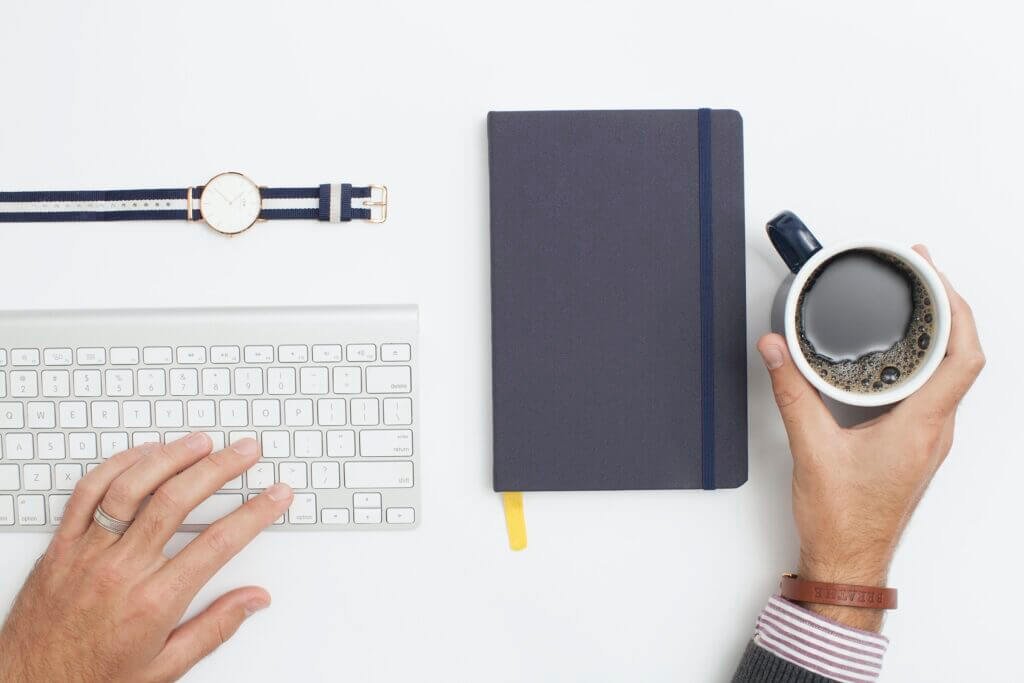
Controlling Brew Time
Understanding Brew Time
Brew time refers to the total duration of the pour over brewing process, from the initial bloom to the final drips. This includes the time it takes to pour the water, the brewing time, and the time it takes for the coffee to fully drain from the brewer.
The brew time is a crucial factor that can greatly influence the strength, flavor, and extraction of your coffee. Controlling and adjusting the brew time allows you to fine-tune your brew to achieve the desired results.
Factors Affecting Brew Time
Several factors can affect the brew time, including the grind size, coffee-to-water ratio, pouring technique, and the specific brewer used. Each of these variables plays a role in determining how quickly or slowly the water passes through the coffee grounds.
A finer grind size tends to slow down the extraction, resulting in a longer brew time. Conversely, a coarser grind size can speed up the extraction, resulting in a shorter brew time.
The coffee-to-water ratio also has an impact on brew time, as a higher ratio or smaller volume of water will take longer to pass through the grounds. Pouring technique, such as pour rate and volume, can also affect the overall brew time.
Adjusting Brew Time to Achieve Desired Results
By adjusting the variables mentioned above, you can control and adjust the brew time to achieve the desired flavor and strength in your cup of coffee.
If your coffee tastes weak or under-extracted, you may want to extend the brew time by using a finer grind size, a smaller coffee-to-water ratio, or adjusting your pouring technique to slow down the flow rate.
On the other hand, if your coffee tastes too strong or over-extracted, you can shorten the brew time by using a coarser grind size, a larger coffee-to-water ratio, or adjusting your pouring technique to increase the flow rate.
Experiment with different combinations of variables to find the optimal brew time for your preferred taste profile. Take notes and make adjustments as needed to achieve consistent and enjoyable brews.
Troubleshooting Common Issues
Over-Extraction
Over-extraction occurs when the coffee is extracted for too long or with water that is too hot, resulting in a bitter and unpleasant taste. There are several potential causes and solutions for over-extracted coffee.
If your coffee tastes bitter, you may want to try adjusting the grind size to a coarser setting. A coarser grind will decrease the surface area of the coffee grounds, resulting in a shorter extraction time and a milder cup.
You can also try reducing the brew time by using a larger coffee-to-water ratio or adjusting your pouring technique to increase the flow rate. Shortening the brew time can help mitigate over-extraction and reduce bitterness.
Under-Extraction
Under-extraction occurs when the coffee is not extracted long enough or with water that is too cold, resulting in a weak and sour taste. To address under-extraction, consider the following solutions.
If your coffee tastes weak or lacks flavor, try adjusting the grind size to a finer setting. A finer grind will increase the surface area of the coffee grounds, allowing for a longer extraction time and a stronger cup.
You can also try increasing the brew time by using a smaller coffee-to-water ratio or adjusting your pouring technique to decrease the flow rate. Extending the brew time can help extract more flavors from the coffee grounds and enhance the overall taste.
Channeling
Channeling occurs when the water finds paths of least resistance through the coffee bed, resulting in an imbalanced extraction and a subpar cup of coffee. To avoid channeling and achieve a more even extraction, consider the following tips.
First, ensure that you have an even coffee bed by distributing the coffee grounds evenly in the filter. This will help prevent any channels or dry spots from forming during the brewing process.
Next, pay attention to your pouring technique. Pour in a slow and steady manner, aiming to saturate all the coffee grounds evenly. Avoid pouring too forcefully, as this can create channels and uneven extraction.
Finally, consider adjusting your grind size to a more uniform and consistent setting. A consistent grind size will promote an even extraction and minimize the risk of channeling.
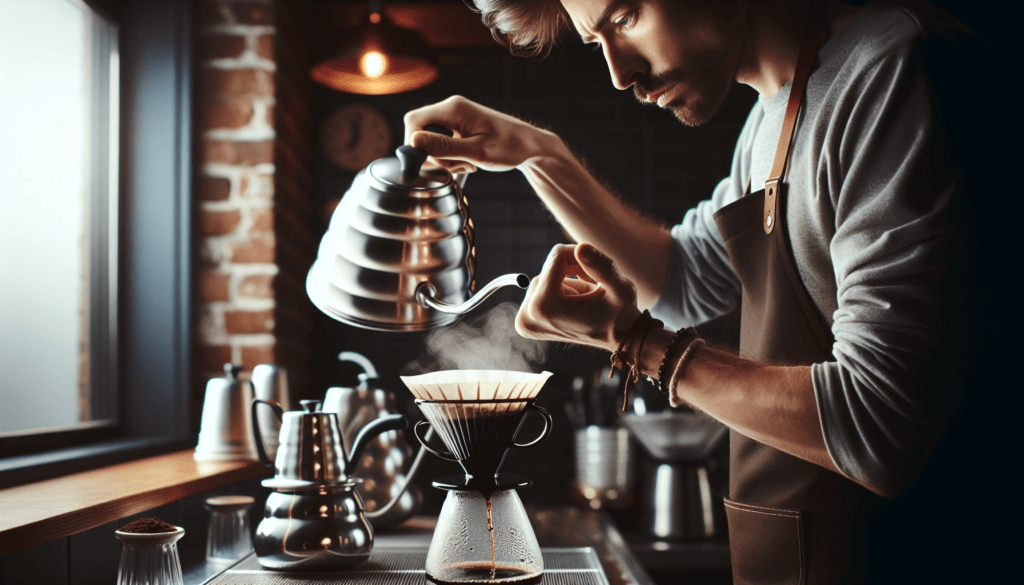
Experimenting with Coffee Origins
Exploring Different Coffee Origins
Coffee beans sourced from different regions around the world can have distinct flavor profiles and characteristics. Exploring coffee origins allows you to discover a wide range of flavors and tastes.
Some popular coffee origins include Ethiopia, Colombia, Brazil, Guatemala, and Costa Rica. Each region offers unique flavors and nuances, influenced by factors such as climate, altitude, soil composition, and processing methods.
By experimenting with different coffee origins, you can broaden your palate and develop an appreciation for the diverse flavors the world of coffee has to offer.
Understanding Flavor Profiles
Each coffee origin has its own flavor profile that can range from fruity and floral to chocolatey and nutty. Understanding the general flavor profiles associated with different origins can help you make informed choices when selecting coffee beans.
For example, Ethiopian coffees often exhibit bright acidity and fruity flavors, while Colombian coffees tend to be well-balanced with a medium body and nutty undertones. Brazilian coffees are known for their chocolatey and nutty flavors, while Guatemalan coffees often feature bright acidity and floral notes.
Educate yourself on the flavor profiles associated with different origins to help guide your brewing and tasting experiences. Consider trying a variety of origins to develop a better understanding of your personal flavor preferences.
Adjusting Brewing Techniques for Different Origins
To fully appreciate the unique flavors of each coffee origin, it’s important to adjust your brewing techniques accordingly. Factors such as grind size, water temperature, and brew time may need to be tweaked to bring out the best in each coffee.
For example, a coffee with more delicate and nuanced flavors, such as an Ethiopian coffee, may benefit from a slightly finer grind size and shorter brew time to ensure that the subtle flavors are not overpowered.
On the other hand, a coffee with bolder flavors, such as a Brazilian coffee, may require a slightly coarser grind size and longer brew time to fully extract the rich chocolatey and nutty notes.
By adapting your brewing techniques to suit the specific characteristics of each coffee origin, you can create a truly enjoyable and remarkable coffee experience.
Developing Your Personal Style
Gaining Confidence and Experience
Becoming a master of pour over brewing takes time, practice, and experience. As you embark on your journey towards mastering this art, it’s important to build confidence in your brewing skills.
Start by practicing the basic techniques and principles outlined in this guide. Focus on mastering one aspect at a time, such as pouring technique or grind size, before moving on to the next.
Taste and evaluate your brews regularly to develop your palate and refine your preferences. Take notes and make adjustments as needed to achieve the desired flavor profile.
Remember, the more you practice, the more comfortable and confident you will become in your brewing abilities.
Creating Your Unique Brewing Technique
As you gain experience and knowledge in pour over brewing, you’ll likely develop your own unique brewing technique and style. Embrace this individuality and allow it to guide your brewing journey.
Experiment with different variables, ratios, origins, and techniques to find what works best for you. Don’t be afraid to think outside the box and try new approaches to brewing.
Your unique brewing technique should reflect your personal taste preferences and showcase the flavors and characteristics you enjoy most in a cup of coffee.
Continued Learning and Improvement
Pour over coffee brewing is a constantly evolving art, and there is always room for learning and improvement. Stay curious, keep exploring new coffee origins, and continue refining your brewing skills.
Engage with the coffee community, whether it’s through online forums, coffee events, or joining a local coffee club. Share your experiences, seek advice, and learn from others who are equally passionate about pour over brewing.
By embracing a mindset of continuous learning and improvement, you’ll be able to take your pour over brewing skills to new heights and consistently brew exceptional cups of coffee.
